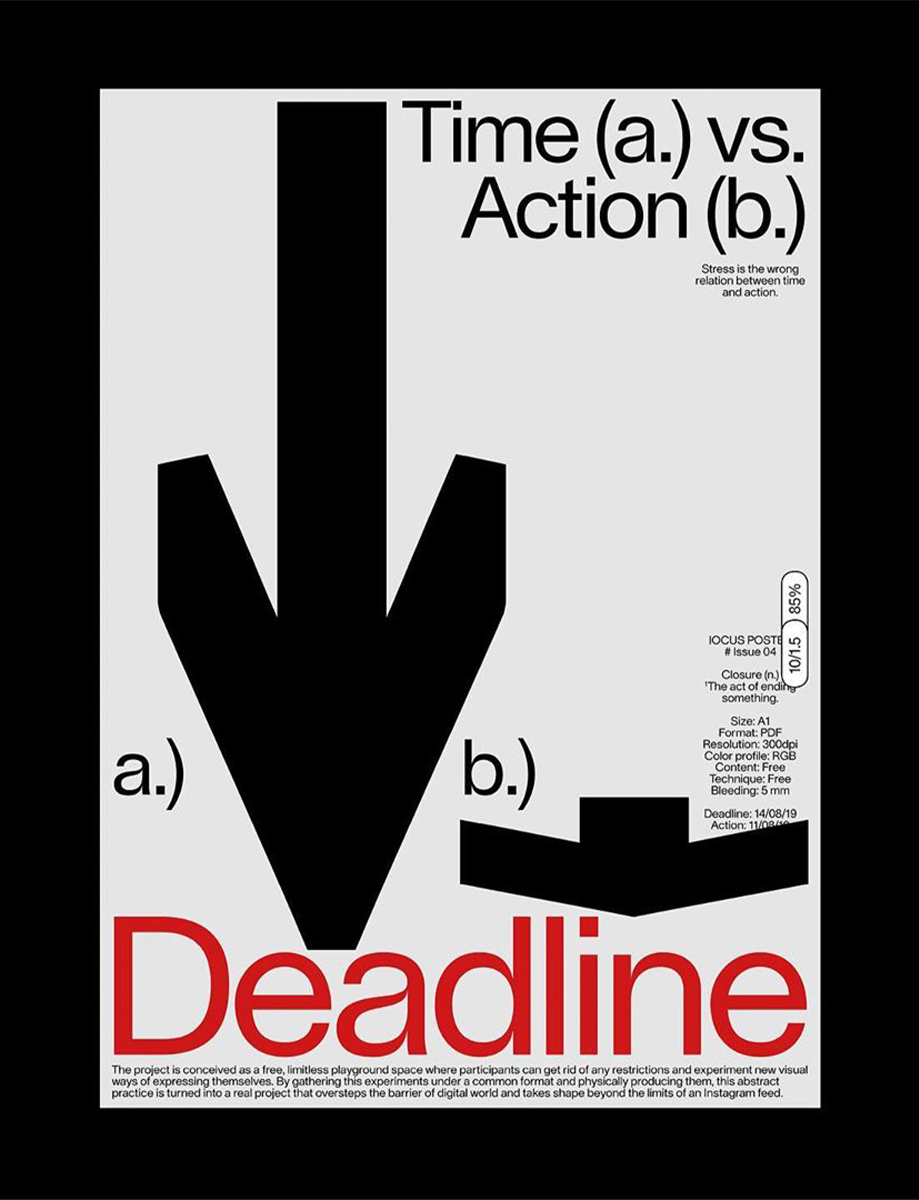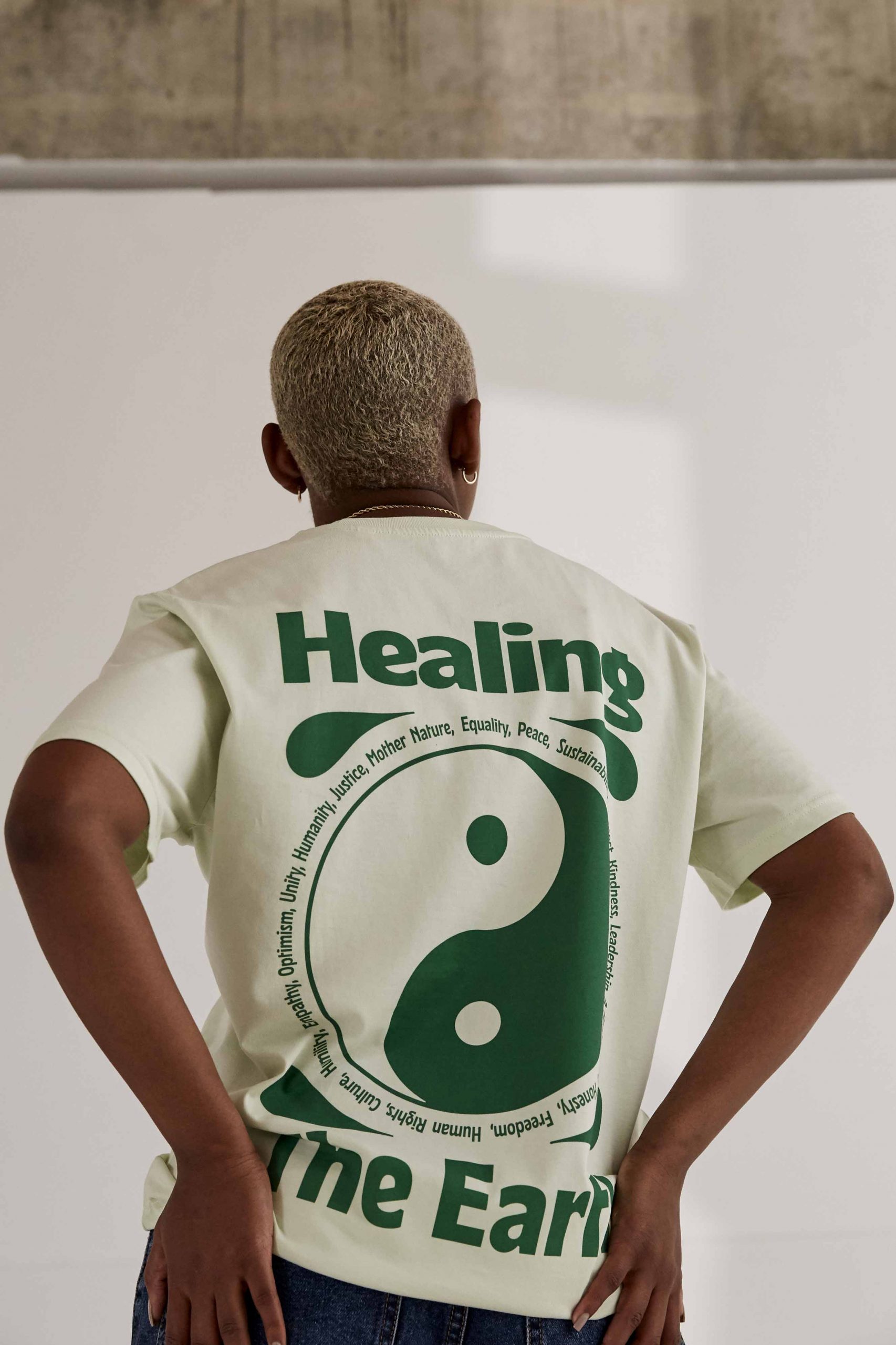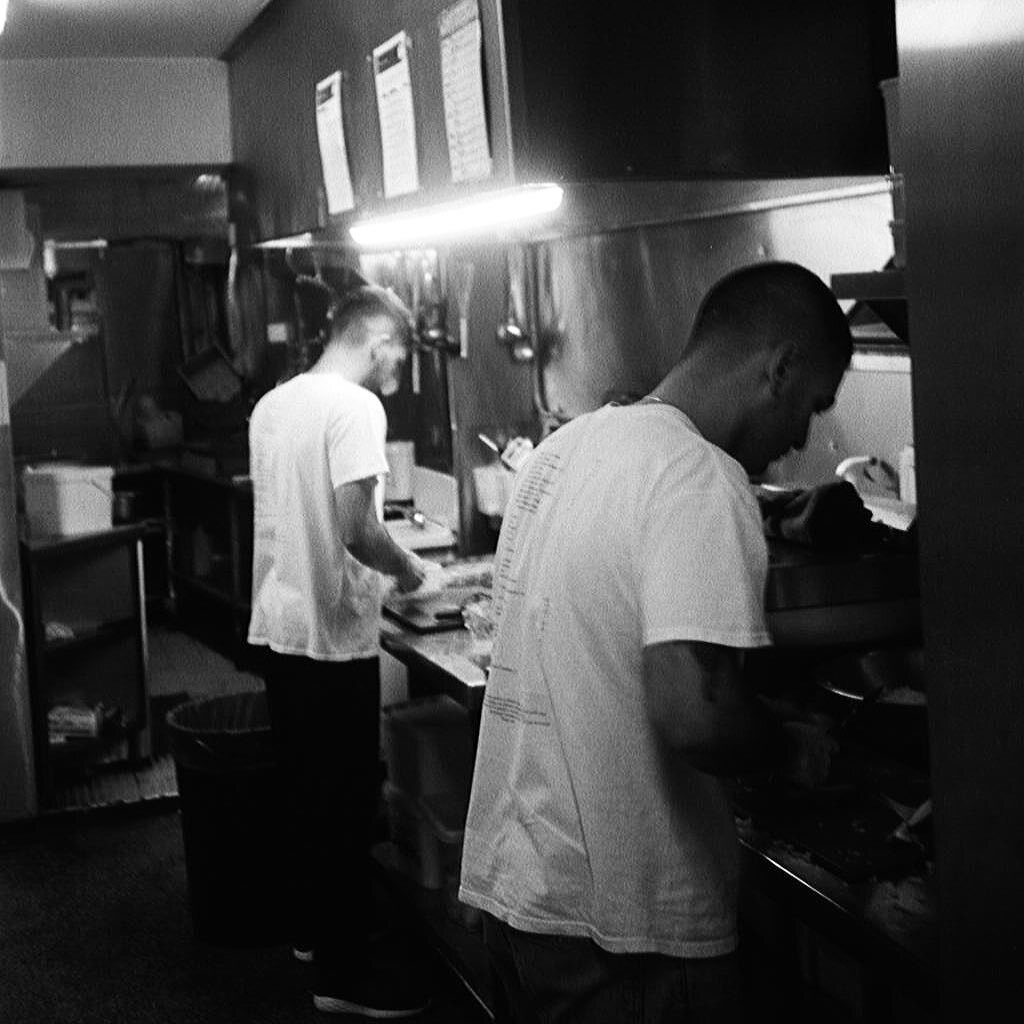Fashion is known for being self-referential. Diet Prada launched in 2014 as a platform from which to call out designers knocking off their peers, giving the wider public an insight into the prevalence of ‘borrowing’ within the industry. But of course, the practice pre-dates that account, and social media in general.
The fashion industry’s entire oeuvre is cherry-picking inspiration from here, there, and everywhere and serving it up on one branded plate. But while designers used to make the effort to perhaps tweak a silhouette or alter the palette, fashion referencing has become less about reimagining and more about copy and paste.
Fashion is known for being self-referential
The central culprits taking it to new heights are fast fashion brands. Rather than turning to archival pieces or even their competitors, they stalk the Instagram accounts and websites of young, emerging, and independent creatives and brands. There are endless examples to pull from the likes of Shein, Fashion Nova, and H&M. Dresses copied right down to the colour placement, innovative textures rehashed, hand crocheted knitwear reduced to machine-made copies, and entire collections ripped off look by look. The only discernible differences are the distinct lack of charm and quality; elements which can never be captured when the bottom line is the biggest concern.
“I haven’t been making very long. I started this as a hobby over lockdown and never imagined it becoming a real job, so I never anticipated the possibility of a large corporation copying me,” says Sarah Beasley, the designer behind Sulk Knitwear. Beasley was recently alerted to the fact a brand called Cider was selling a regurgitated version of one of her one-off knits.
Beasley’s knits are a product of hours of work. “Every piece has its own process. Usually, I will spread out all the yarns I have and select some colours which strike me will work together. I’ll start knitting and then decide whether it might become a cardigan, dress, or jumper. Rarely will I go into making something with specific intention,” Beasley explains. The intention behind the copy was very specific however: skip the hard work and reap the rewards.
How do brands get away with such blatant rip-offs? One part of the puzzle is an abiding presumption of unethical practices. Buying fast fashion is a moral and ethical trade-off. In return for low prices, you cash in your concerns about human exploitation or environmental damage. With such high stakes factors at play, what’s a little copying? In fact, for some people it’s not a bargaining chip but an expectation.
How do brands get away with such blatant rip-offs?
“I need fashionova (sic) or shein to copy these pants immediately. I need them. TODAY.” “Does anyone have a Shein dupe for this outfit?” “Need a Shein dupe immediately.” Twitter is awash with people desperately asking for ‘dupes’ (i.e., duplicates). Some even post photos of expensive items they want and tag brands, encouraging them to copy them. It speaks to how successfully such brands have cemented the myth that they are a democratising force within fashion – making ‘expensive’ garments accessible to the masses – when in fact they are tyrants who preside over the grand-scale theft of both wages and ideas.
Much copying can be attributed to corporate greed, but it’s also a symptom of the modern creative process. Blaming social media for everything is a bore, but it’s a frustration among many fashion educators (I was one until a few years ago) that platforms like Pinterest and Instagram have short circuited the research process, bypassing external influences and reducing a project down to mere replication. Why would you want to read fiction, visit a gallery, or watch early cinema to find inspiration when your central cultural touchpoints are dominating fashion without any such extra efforts?
Despite the normalisation of recreating what already exists, the overwhelming response to the constant fast fashion copies is still outrage, mixed with resignation to an unjust system. And it’s because of that comprehension of the inequity that there’s an inherent understanding of where the line is: punching down is bad, punching up is encouraged.
Much copying can be attributed to corporate greed
A Pretty Little Thing copy of an archival Jean Paul Gaultier dress or a Shein rip-off of a Rick Owens classic is not justice being served because everyone involved has either financial or cultural clout, or both. Rather it’s what lays in the wake of the trail blazed by legendary bootlegger Dapper Dan. It’s a crocheter selling a copy of a piece she found on Shein “since they’re always stealing”, it’s a working class designer bootlegging bougie candle branding, it’s subverting Nike branding to make a statement about – and raise money for – the NHS, and it’s a counterfeiter designing an original coat and stitching a Chloé tag into the neck because it will guarantee a sale.
Some designers have even enveloped the work of larger brands into their IP. Cierra Boyd, founder of the brand FRISKMEGOOD which makes one-of-one corsets out of old trainers, patented her design, detailing the manner and style in which she constructs them. It doesn’t grant her any rights to manufacture using certain brands’ trainers, but it’s an interesting dichotomy that something so reliant on an existing product can be protected.
Legal protection is, technically, an option open to all designers, providing their work is original. “You can look to file design registration applications to protect the appearance of products. There are certain elements that need to be met, for example designs need to be ‘new’,” says Jessica O’Riordan, a solicitor at Stephens Scown LLP. Given how referential fashion is, proving newness might not be an easy task, plus O’Riordan explains that intellectual property rights are territorial and “need to be protected in individual territories accordingly”. In a global industry that could amount to a lot of time and money that designers don’t have.
In Beasley’s case, the weight of her following calling the brand out was enough to prompt them to pull the item from sale. But as long as it’s profitable, and in the absence of a complete cultural and political reset, a new rip-off will continue to emerge every day. Indie designers have a fight on their hands.
Read More: Hi Vis Vests, Slogan T-shirts And Sunday Best: When Clothing Is Protest






